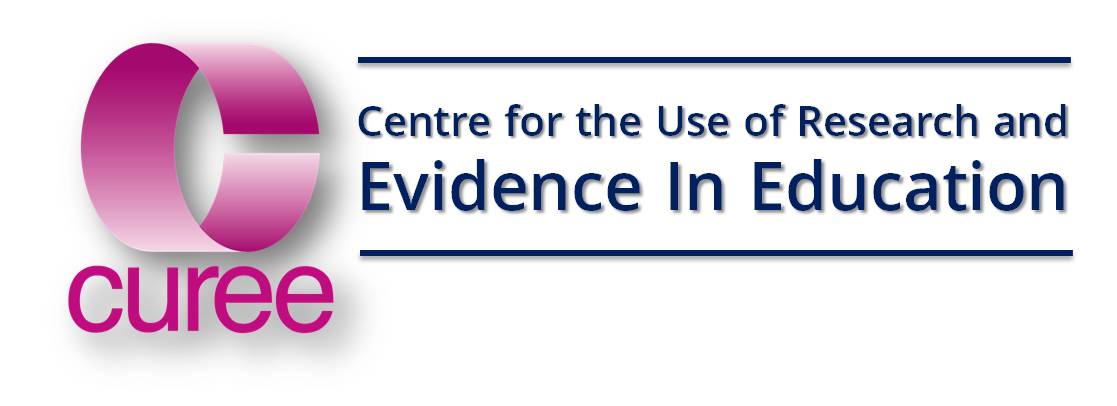The National Teacher Research Panel was set up about 15 years ago by CUREE supported by a group of national education agencies most of which no longer exist. It had three main goals:
- To ensure that all research in education takes account of the teacher perspective
- To ensure a higher profile for research and evidence informed practice in government, academic and practitioner communities
- To increase the number of teachers engaged in and with the full spectrum of research activity.
Over the several years of its existence, the Panel, supported by its expert advisers in CUREE, has helped and encouraged dozens of teachers and school leaders to do high quality but practical research. The Panel also helped them report their findings succinctly, in plain English and focused on relevance to other practitioners. This is one such example of that work.
Improvements in brain scanning technology and the use that scientists make of it means that our understanding of the learning process is continually developing. While understanding the functions of the brain has many implications for teaching and learning, it is a complex and dynamic field of study that can seem daunting. The fast moving nature of our understanding of how the brain works has also led to a widespread acceptance of 'neuromyths': simplistic and sometimes incorrect interpretations of more subtle findings from the research.Another reason for 'myths' taking roots is the nature of science itself and its constant development and moving forward: theories appear, modify, get confirmed or refuted. We have chosen a study for this TLA research summary which reviews the findings of existing research on the brain and learning, and sets these out for a practitioner audience. The study also identifies and corrects the myths about brain functions, such as the idea that the right hemisphere predominates when it comes to creative activity.The study was carried out by the Centre for Educational Research and Innovation (CERI) and is titled Understanding the brain: The birth of a learning science.In this summary we look at four themes emerging from the study, including:
the plasticity of the brain - its ability to adapt over time and in the face of barriers to learning
how neuroscience can inform language, literacy and numeracy learning
the importance of the environment (including learning environment) on brain development
the importance of healthy lifestyles on brain development and ability to learn.
Within each of the themes we connect messages from the research with teaching, learning and practice. For example, the plasticity of the brain has important implications for the way we organise learning for dyslexic students. On the other hand, the patterns of brain development in early childhood suggest the importance of play in learning. Play equips the learner to develop social skills to deal with current and future difficult situations.
File attachments:
Document section:
